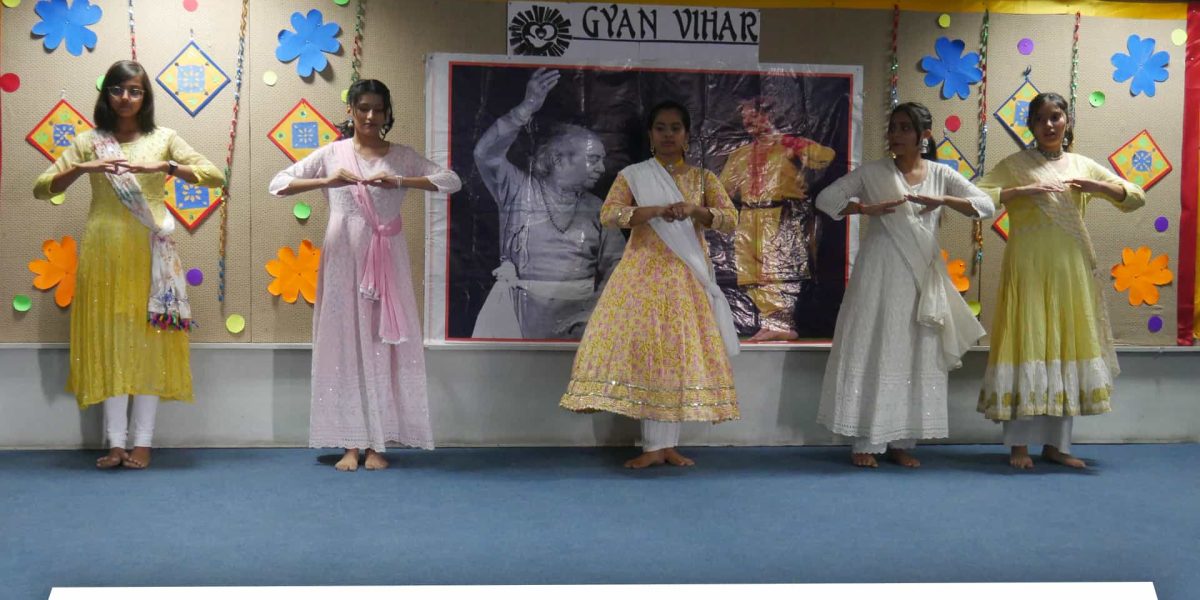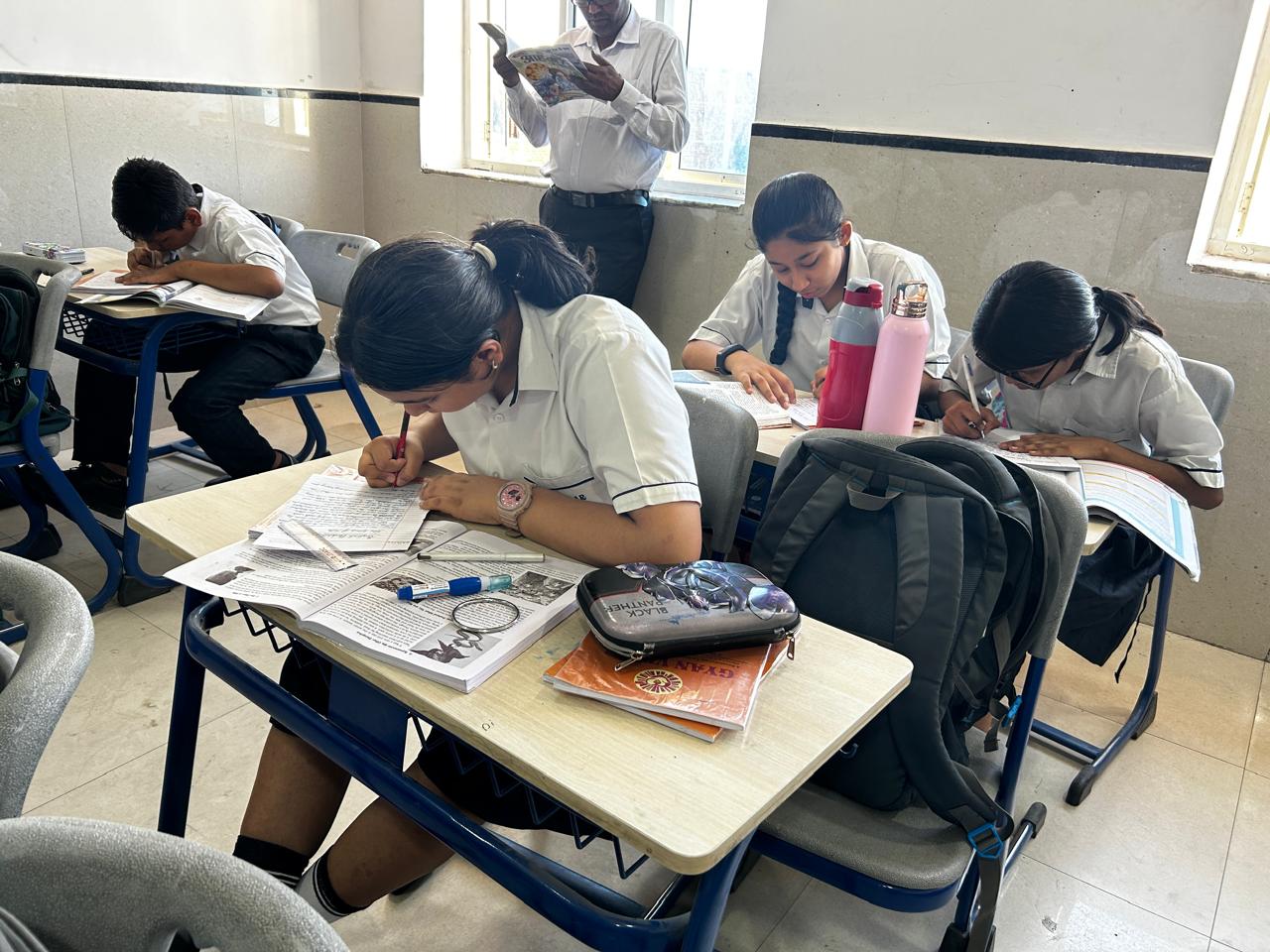Navratri, the nine-night festival dedicated to the goddess Durga, is not only a time for spiritual devotion but also a celebration of India’s rich cultural heritage. At Gyan Vihar School, a prestigious CBSE school in Jaipur, we believe in nurturing well-rounded individuals who not only excel academically but also connect with their roots. In this blog post, we’ll explore the captivating world of Navratri dance styles and how they can be a compelling medium to encourage traditional moves among students. Let’s delve into the rhythms, grace, and traditions that make Navratri a cultural treasure worth embracing.
Navratri Dance: A Cultural Extravaganza
Navratri dance is more than just a physical activity; it’s a reflection of India’s diverse culture and a medium to convey devotion, joy, and unity. Here are some prominent Navratri dance styles that can be introduced to students:
1. Garba:
Originating from Gujarat, Garba is a graceful dance form performed in a circular pattern. Dancers move in sync with the music, creating a mesmerizing display of swirling colors and intricate footwork. Teaching Garba to students can instill a sense of discipline, coordination, and an appreciation for traditional music and dance.
2. Dandiya Raas:
Dandiya Raas, often performed in pairs, involves dancers wielding colorful sticks called “dandiyas.” This high-energy dance form incorporates fast-paced movements and complex patterns, making it a great way for students to build stamina, enhance reflexes, and develop teamwork.
3. Ras Garba:
Ras Garba combines elements of both Garba and Dandiya Raas. Dancers use graceful hand movements while incorporating the energetic footwork of Dandiya Raas. This fusion style allows students to explore the beauty of both worlds, blending tradition with exuberance.
4. Kathak Fusion:
Kathak, a classical dance form, can be fused with contemporary music to create a unique Navratri dance style. This fusion not only introduces students to classical elements but also allows for creative exploration, helping them express themselves through a blend of tradition and modernity.
5. Bengal’s Durga Puja Dance:
During Durga Puja in West Bengal, traditional dance performances are a common sight. These dances pay homage to Goddess Durga and often include Dhunuchi Nritya, where dancers balance incense pots on their hands. Introducing this style can deepen students’ understanding of cultural diversity in Navratri celebrations.
6. Tamil Nadu’s Golu Dance:
In Tamil Nadu, Golu doll displays are accompanied by traditional dances. Students can learn dance forms like Kolattam and Kummi, which are not only visually captivating but also deeply rooted in Tamil culture.
Encouraging students to participate in Navratri dance styles can offer numerous benefits:
- Cultural Connection: Navratri dance helps students connect with their cultural heritage, fostering a sense of pride and appreciation for India’s rich traditions.
- Physical Fitness: These dance forms provide an excellent physical workout, promoting fitness and well-being among students.
- Social Bonding: Group participation in Navratri dance promotes a sense of community and teamwork, enhancing social skills.
- Artistic Expression: Students can explore their artistic talents and creativity through dance, boosting self-expression.
- Discipline and Coordination: Learning these dance styles requires discipline, coordination, and perseverance, valuable life skills that can be applied in various aspects of their education and future careers.
Navratri dance is not merely a set of movements; it’s an embodiment of India’s cultural diversity and heritage. At Gyan Vihar School, we believe in offering students a holistic education that includes an understanding and appreciation of their cultural roots.
As a distinguished CBSE school in Jaipur, we encourage our students to embrace the enchanting world of Navratri dance and other cultural expressions. By doing so, we aim to inspire them to become well-rounded individuals who not only excel academically but also cherish and contribute to India’s rich cultural tapestry.
This Navratri, let us celebrate the joy of dance, the beauty of tradition, and the unity it brings to our school and our nation.







